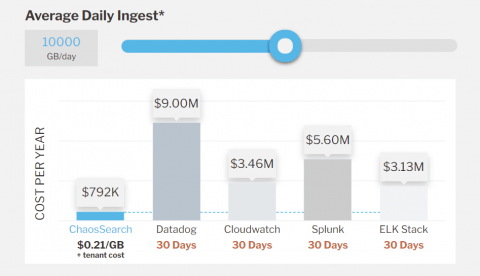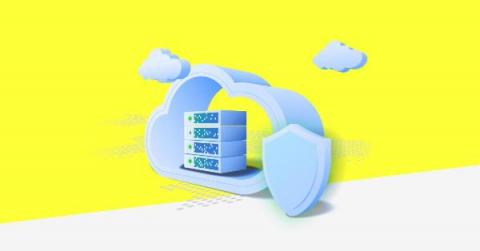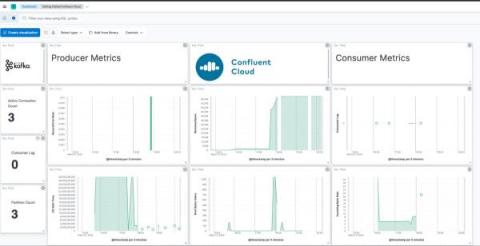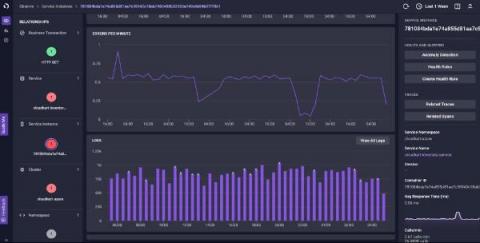Operations | Monitoring | ITSM | DevOps | Cloud
Logging
The latest News and Information on Log Management, Log Analytics and related technologies.
What is log management in DevOps?
What is log management in security?
What is log management used for?
Ship OpenTelemetry Data to Coralogix via Reverse Proxy (Caddy 2)
It is commonplace for organizations to restrict their IT systems from having direct or unsolicited access to external networks or the Internet, with network proxies serving as gatekeepers between an organization’s internal infrastructure and any external network. Network proxies can provide security and infrastructure admins the ability to specify specific points of data egress from their internal networks, often referred to as an egress controller.
ChaosSearch Pricing Models Explained
How to Cut Through SIEM Vendor Nonsense
If you’re in need of new SIEM tooling, it can be more complicated than ever to separate what’s real and what’s spin. Yes, Logz.io is a SIEM vendor. But we have people in our organization with years of cybersecurity experience, and they wanted to share thoughts on how best to address the current market. Our own Matt Hines and Eric Thomas recently hosted a webinar running through what to look out for titled: Keep it SIEM-ple: Debunking Vendor Nonsense. Watch the replay below.
How to monitor Kafka and Confluent Cloud with Elastic Observability
The blog will take you through best practices to observe Kafka-based solutions implemented on Confluent Cloud with Elastic Observability. (To monitor Kafka brokers that are not in Confluent Cloud, I recommend checking out this blog.) We will instrument Kafka applications with Elastic APM, use the Confluent Cloud metrics endpoint to get data about brokers, and pull it all together with a unified Kafka and Confluent Cloud monitoring dashboard in Elastic Observability.
Platform Engineering 101: Origins, Goals, DevOps vs SRE & Best Practices
Reduce time to detect with AppDynamics Cloud Log Analytics
How machine learning in AppDynamics Cloud accelerates log analysis and reduces mean time to detect. Site recovery engineers (SREs) need to investigate unknown problems reported in production. The common approach is to search and filter log files to find the root cause, and we all know how painful it is to sift through log contents. It’s like finding a needle in a haystack. A machine learning approach is essential to assist SREs to quickly identify the root cause.











